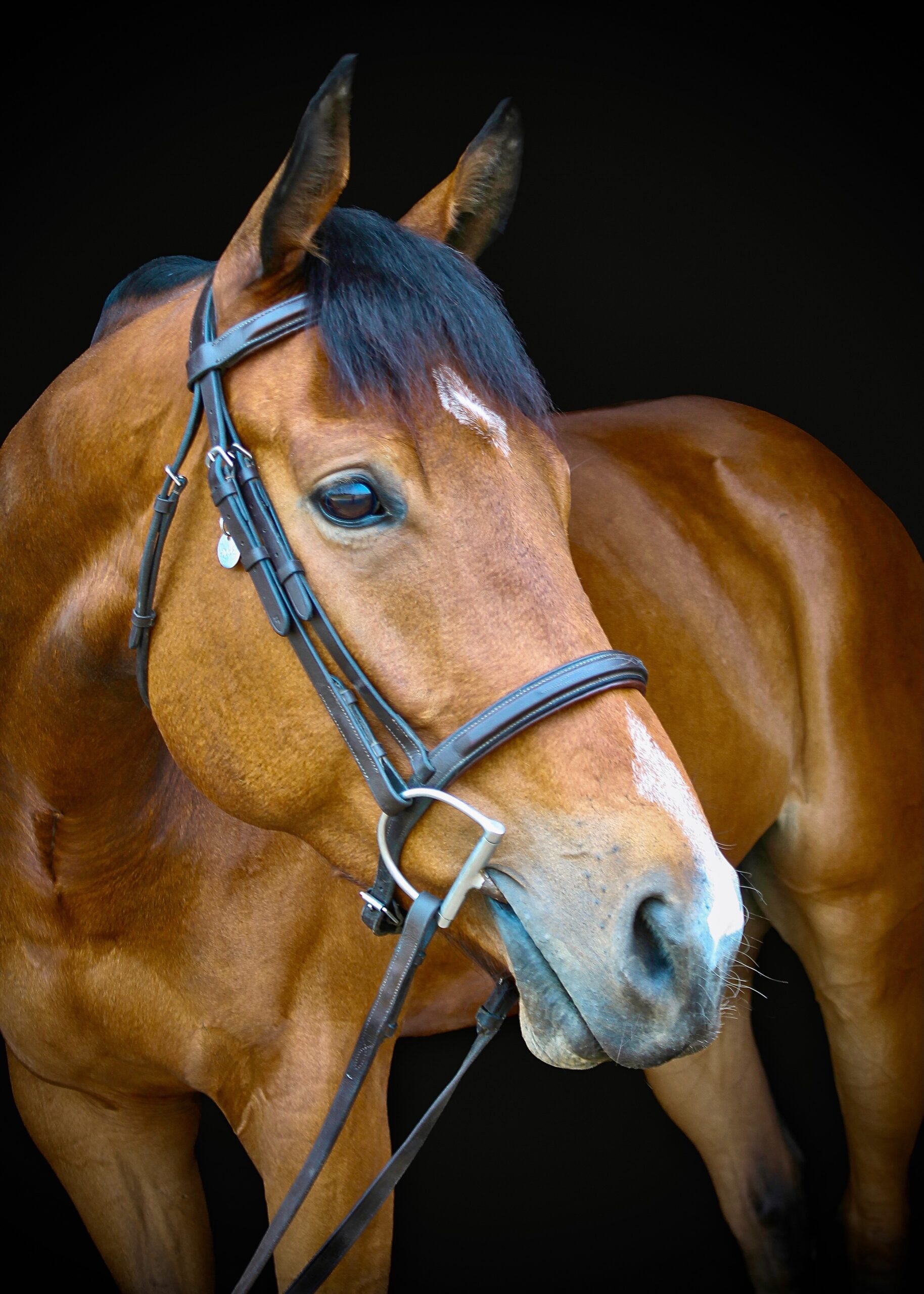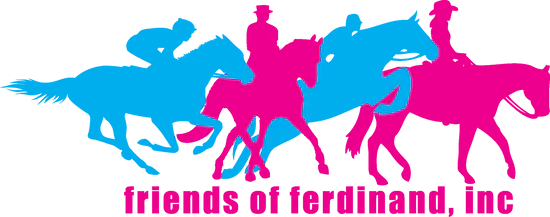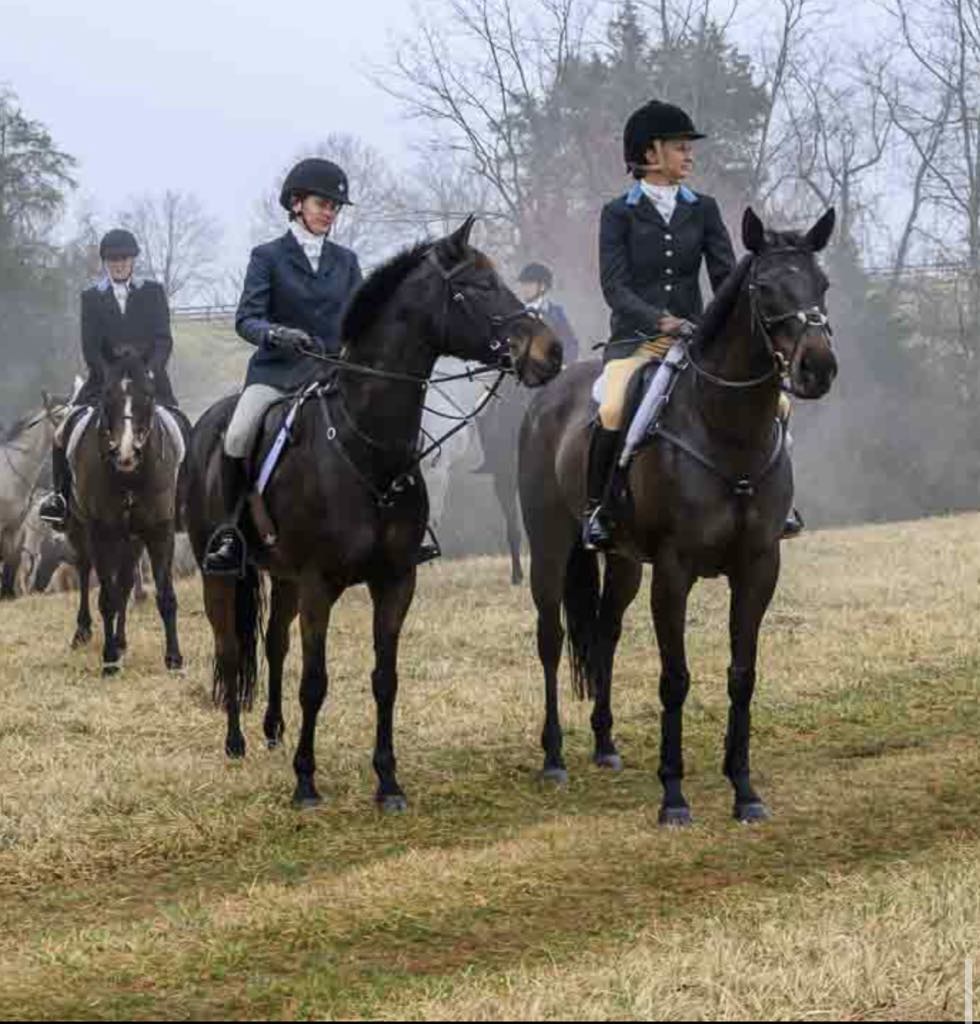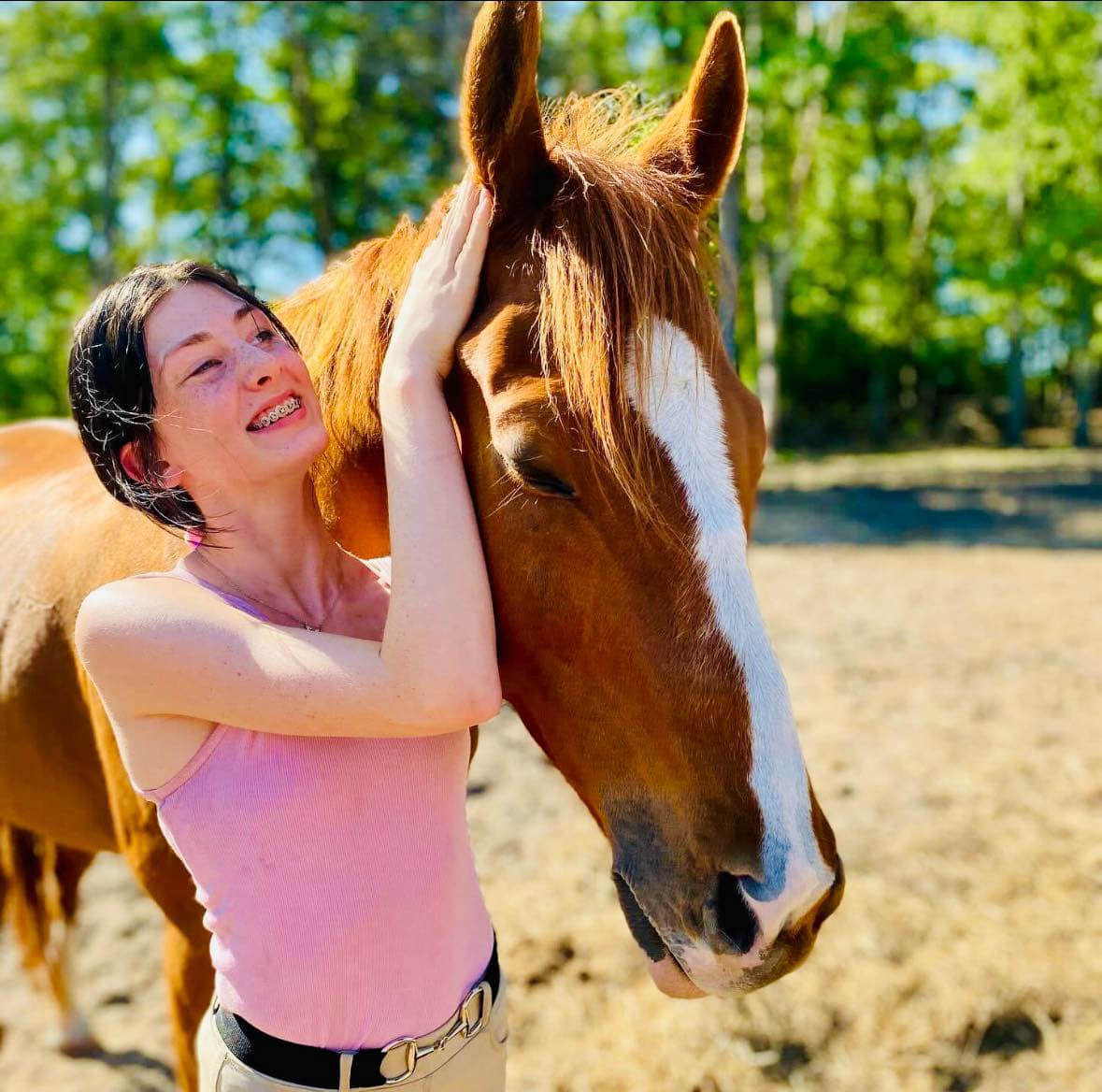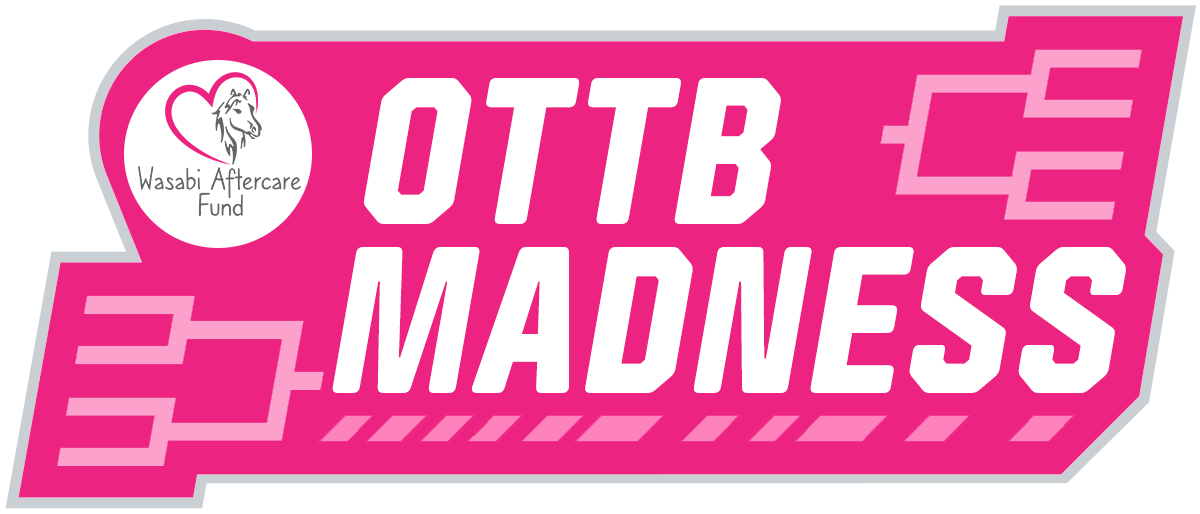Boots- The Greatest Little Guy
A little Boots (JC Bootleggin Posse) update since we last spoke after his gotcha day in September, when he recently completed his second show. A setback Unfortunately, shortly after we talked, he sustained a pasture injury from a fence that cut open his leg quite severely. He was taken to
Friends of Ferdinand- An Aftercare Ally
In April I attended the IFAR conference in Lexington, Kentucky, and met many other individuals who work in Thoroughbred aftercare. Among them was Erin Smith, President of Friends of Ferdinand. Recently, we reconnected so that I could learn more about this organization. Where is Friends of Ferdinand based? Friends of
Kentucky Equine Adoption Center- An Aftercare Ally
Where is KYEAC based? The Kentucky Equine Adoption Center (KYEAC) is located on a scenic 72-acre farm in Nicholasville, Kentucky—just outside Lexington, the renowned Horse Capital of the World. How did your program begin? KYEAC was founded in 2007 during a period of economic uncertainty, when a group of equine
Jazz- An Incredible Partner
Jazz (JC Morrigan) continues to thrive in her post-racing world with Adriana. The newest update from Adriana on Jazz Jazz is the best horse in my barn. She is so versatile and does everything, every single job that is asked of her always giving 110%. She is sensitive and athletic,
2025 OTTB Madness Champion- Detroit Cowboy
After four rounds of competition, our 2025 OTTB Madness Champion was crowned on Monday, April 7th. Congratulations to Cowboy! The tournament OTTB Madness with sixteen off-track Thoroughbreds, all of whom were formerly part of the Wasabi Ventures Stables family. They ranged in age from 3 to 12. There were slightly
OTTB Madness- 2025
UPDATE 4/5: There is a new voting link, as well as a new bracket with updates, at the bottom of the article. Yes, March Madness is in the air, but for us it is slightly different. Welcome to OTTB Madness- 2025! Featuring horses instead of college basketball teams, it’s sure

